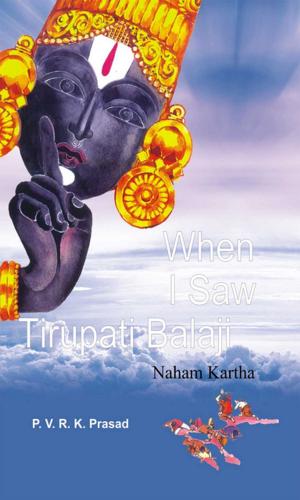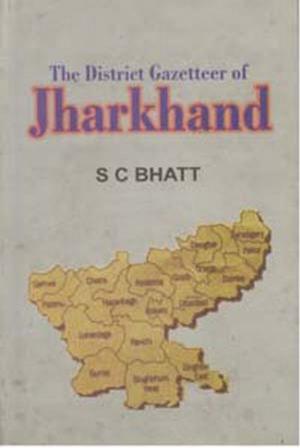History, Culture and Customs of Sikkim
Nonfiction, Social & Cultural Studies, Social Science, Cultural Studies, Customs & Traditions| Author: | J. R. Subba | ISBN: | 9788121251556 |
| Publisher: | Gyan Publishing House | Publication: | June 30, 2008 |
| Imprint: | Gyan Publishing House | Language: | English |
| Author: | J. R. Subba |
| ISBN: | 9788121251556 |
| Publisher: | Gyan Publishing House |
| Publication: | June 30, 2008 |
| Imprint: | Gyan Publishing House |
| Language: | English |
SIKKIM, the tiny Himalayan Kingdom came in existence in 1642 A.D. with a much larger area than it was in 1975 A.D. before it’s integration in the Kingdom was the whole of Limbuwan, now the eastern most part of Nepal, southern parts of Tibet Autonomous region of China from Nathu La and Jelep La to the Tang La beyond Phari Jong, western Bhutan up to the watershed range between the Ammo Chu Valley and Har Chu Valley, and the northern plains of West Bengal as far south as Titalaiya and Purnea of Bihar. The Kingdom disintegrated in eight phases in different period of time when it’s considerable areas were annexed by Bhutan, Nepal, China and British India of those days, and was finally integrated as one of the States of Indian Union in 1975 A.D. thereby loosing it’s identity as a Himalayan Kingdom. The book provides insight into the history of its existence as the Himalayan Kingdom and it’s disintegration in various phases, ethnicity, culture and customs of the people of Sikkim.
SIKKIM, the tiny Himalayan Kingdom came in existence in 1642 A.D. with a much larger area than it was in 1975 A.D. before it’s integration in the Kingdom was the whole of Limbuwan, now the eastern most part of Nepal, southern parts of Tibet Autonomous region of China from Nathu La and Jelep La to the Tang La beyond Phari Jong, western Bhutan up to the watershed range between the Ammo Chu Valley and Har Chu Valley, and the northern plains of West Bengal as far south as Titalaiya and Purnea of Bihar. The Kingdom disintegrated in eight phases in different period of time when it’s considerable areas were annexed by Bhutan, Nepal, China and British India of those days, and was finally integrated as one of the States of Indian Union in 1975 A.D. thereby loosing it’s identity as a Himalayan Kingdom. The book provides insight into the history of its existence as the Himalayan Kingdom and it’s disintegration in various phases, ethnicity, culture and customs of the people of Sikkim.















